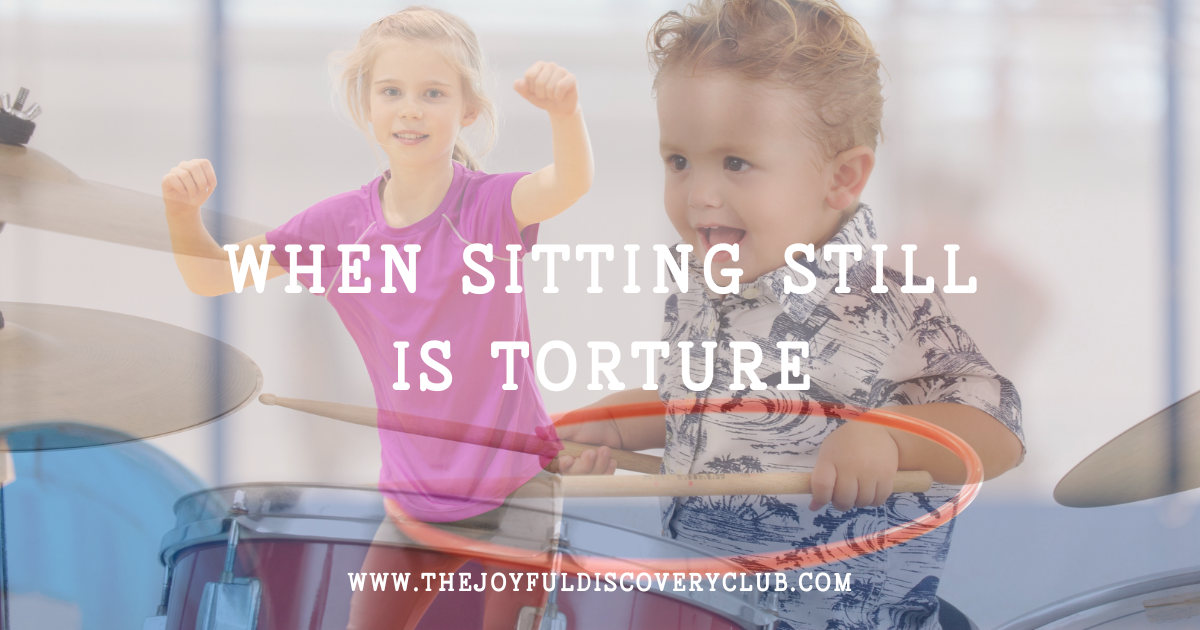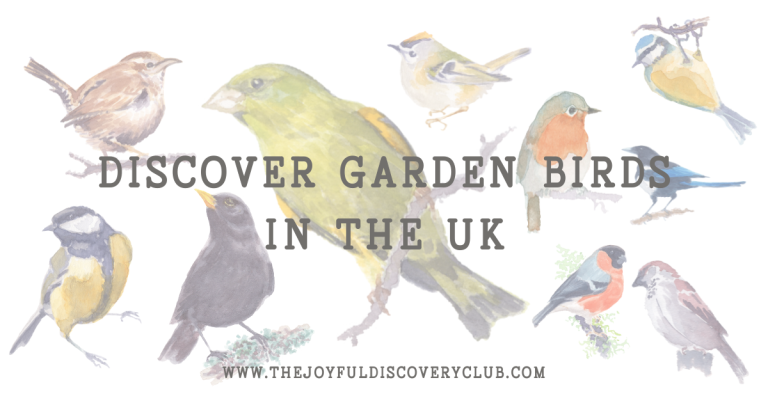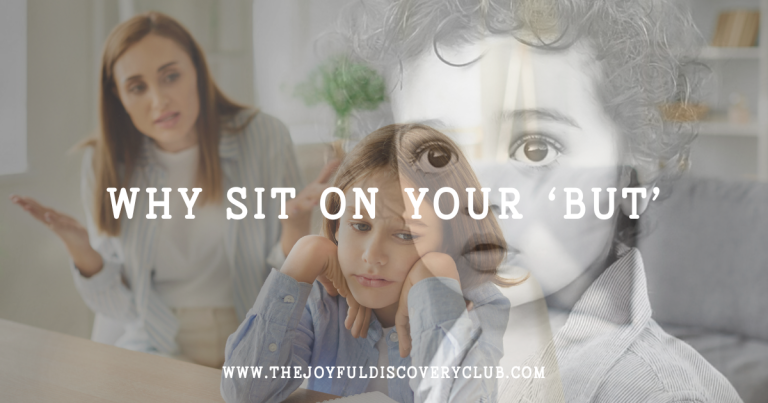When Sitting Still Is Torture: Supporting Active Children Who Learn Differently
“Please sit still.” “Stop fidgeting.” “Listen to what I am saying.” For some children, these simple classroom instructions might as well be asking them to stop breathing.
If your child is constantly moving like mine is, and finds it incredibly difficult sitting still, then their learning strengths might be mismatched with traditional educational settings—and that’s perfectly okay if the teacher is willing to work with you and your child to allow them to learn in a way that is more natural for them.
For my children, sitting at a desk throughout the day was not an option.
Understanding Your Active Learner
Some children, particularly kinaesthetic learners, the ones who move, process information most effectively when their bodies are on the go. Some need to move all the time, which can be exhausting for us as parents!
When a kinaesthetic learner fidgets, bounces, or taps, they’re actually helping their brain focus. Movement increases blood flow, activates multiple areas of the brain, and helps regulate the attention system. What looks like a distraction to others is actually their way of concentrating. They are attending to their learning.
So I guess, if you have a child like mine, you will just have to get used to the constant pacing up and down the room while they try to figure out an answer!
Signs your child might be an active learner:
- Struggling with sitting still during meals or quiet activities
- Remembering things better when they’ve been physically experienced
- Uses hand gestures extensively when speaking
- Needs frequent movement breaks
- Often touches objects to understand them better
- May be labelled as “disruptive” in traditional classroom settings
Why Traditional Classrooms Can Feel Like Torture
Most educational environments were designed with auditory and visual learners in mind. Students are expected to sit quietly, listen to instructions, and learn by watching and hearing. For an active child, sitting still creates a genuine physical and mental struggle:
- Their need for movement isn’t being met, causing physical discomfort
- They must use mental energy to suppress their natural impulses
- Their primary learning channel (physical experience) is largely closed off
- They may develop negative associations with learning due to this constant struggle
This isn’t about behaviour problems or lack of discipline—it’s about different neurological wiring. Understanding this difference is the first step toward supporting your active learner.

Heads up: This post contains affiliate links. If you make a purchase, I may earn a small commission at no extra cost to you. I only recommend products I genuinely love and think will add value to your child’s learning journey.
Practical Ways to Support Your Active Child
At Home:
- Create a movement-friendly study space with options like standing desks, wobble stools, exercise balls or resistance bands wrapped around chair legs
- Break learning into small chunks with movement breaks in between
- Incorporate hands-on materials whenever possible (counters for maths, letter tiles for spelling)
- Allow fidget tools that don’t distract others (stress balls, fidget cubes)
- Use whole-body learning—spell words while jumping on a trampoline, practise times tables while throwing a ball
We have had them all, but you know your child’s age and ability so when you shop make sure you have safety as your first thought.

Working with Teachers:
- Share information about your child’s learning style respectfully
- Ask about possible accommodations like standing desks or movement breaks
- Suggest alternative assessment methods that allow for physical demonstration of knowledge
- Offer to provide appropriate fidget tools for classroom use
- Express appreciation for any flexibility the teacher can provide
I was forever tapping on the desk and used to drive my teacher mad! Said the NOW DRUM TEACHER.
Learning Activities That Work:
- Science experiments with hands-on components
- Building projects that teach measurement and spatial concepts
- Educational games that involve movement
- Role-playing historical events or stories
- Using manipulatives for mathematical concepts
- Creating physical timelines or maps on the floor
Reframing “Behaviour Problems” as Learning Differences
Many active children are mislabelled as having behaviour issues when they’re simply trying to learn in the way that works best for them. By reframing how we view their movement needs, we can transform our approach:
- Instead of saying “Stop fidgeting,” try “Would this fidget cube help you listen better?”
- Instead of “Sit down,” try “Would you prefer to stand at the back while you work?”
- Instead of “Pay attention,” try “Let’s take a quick stretch break so we can focus better”
This shift in perspective acknowledges that movement is a learning tool, not a problem to be fixed.
Building on Their Strengths
Active learners often have remarkable strengths that traditional education sometimes overlooks:
- Excellent spatial awareness and physical coordination
- Strong procedural memory (“muscle memory“)
- Ability to think quickly and adapt
- Natural aptitude for hands-on fields like engineering, surgery, arts, and trades
- Energy and enthusiasm that can fuel passion-based learning

By supporting their natural learning style, whether that is running around the garden 50 times while reciting their times tables or tapping on the desk while they concentrate, you’re not just helping them survive their days of learning—you’re EMPOWERING them to discover and develop their UNIQUE gifts.
Remember that your active, movement-loving child isn’t broken. They simply learn differently, and with the right support, that difference can become their GREATEST ADVANTAGE.
birds books to read burnout gentle parenting kinaesthetic neurodiversity overwhelm places to visit shows to see spd





